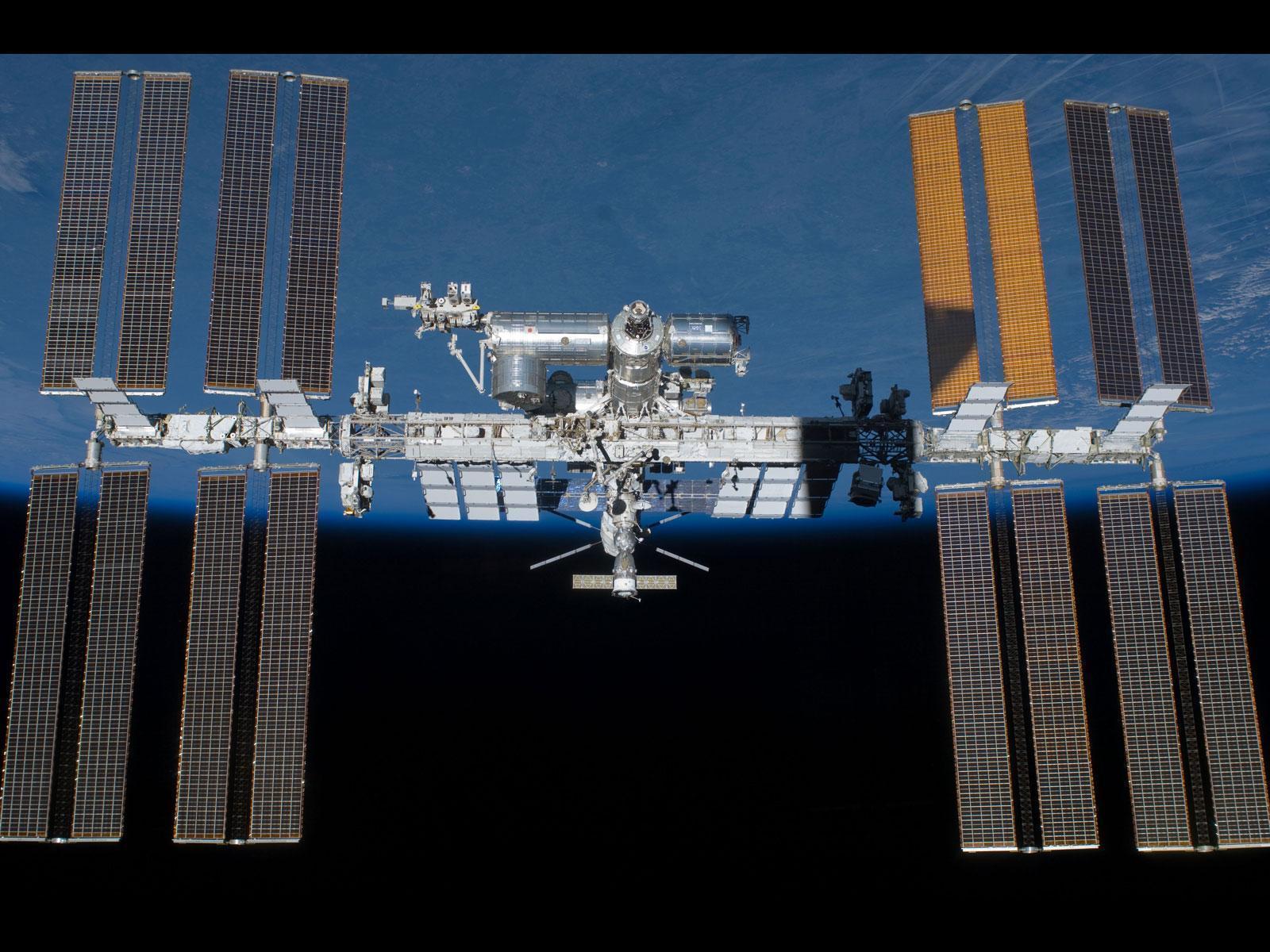
The International Space Station is always orbiting the Earth at about 17,000 miles per hour, or five miles per second. But its incredible speed doesn’t mean it’s impossible to see.
The station makes a complete orbit of Earth once every 92 minutes, passing above the heads of everyone down below. Because the station is about 240 miles above the planet, it doesn’t appear to be traveling thousands of miles per hour to the naked eye.
Those who know when and where to look can easily catch a glimpse of the station as it soars overhead with crew and experiments on board. The station is the third brightest object in the sky when visible because it’s reflecting the sun’s light back down to Earth.
NASA has a website specifically designed to help those interested in seeing the station spot it, it’s called “Spot the Station,” and has viewing information for thousands of locations worldwide.
The station appears to look like a plane moving quickly and steadily through the sky and it appears simply a speck of light that does not blink. It moves more quickly than a plane would but not so fast that it’s barely visible like a shooting star.
Those who wish to see the station can visit the “Spot the Station” site to type in their location and see when the station will pass overhead during its orbit.
In some areas, the station is visible for up to six minutes but in others sometimes it only passes for a minute or two. Over the next few weeks in the United States, the station will be visible in the early morning hours, between 4 a.m. and 6 a.m. in most places.
Additionally, the best time to view will be before September 20. Once a user inputs their location into the NASA site, they’ll see the time the station will be visible, the highest point it will reach in the sky, where it will likely appear first and where it will disappear. The higher the number of the elevation, the easier it will be to see the station because 90 degrees would be directly overhead. Anything below 90 will be closer to the horizon line indicated by zero.

The results in the photo above are for New York City, and when and where the station will be visible in the sky from New York in the coming days. They show the date and time that the station will be visible along with where it will first appear, for how long and at what height.

